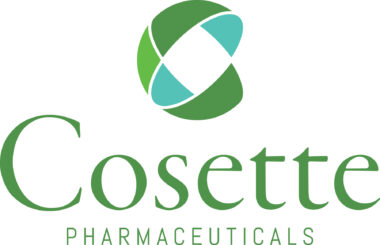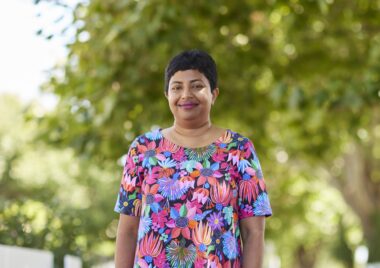Monash University researchers have discovered a cell in the blood which – when introduced to a bone, muscle or skin injury, has the capacity to rapidly promote healing. Importantly these cells can be genetically dissimilar to the recipient, opening up the way for donated blood to be used as a possible universal cell-based therapy for regenerative medicine.
The study, led by Associate Professor Mikaël Martino from Monash’s Australian Regenerative Medical Research Institute, and published in Nature Communications, showed that these cells, called Regulatory T cells behave like an emergency triage doctor – rapidly becoming a cell type specific for the injury it needs to heal, as well as switching on its genes associated with immunomodulation and tissue healing.
In addition, these Regulatory T cells regulate other injury healing cells to the site, flooding the injury with beneficial factors. The T cells also actively reduce the accumulation of toxic immune cells which can hamper healing. The studies have been done in animal models using human cells.
According to Associate Professor Martino, this is one of the first times a cell-based approach to injury healing has been used via the administration of immune cells with pro-regenerative abilities. “These Regulatory T Cells have been shown to accumulate within injured tissues - facilitating repair or regeneration in multiple tissues and organs, such as muscle, skin, heart, central nervous system, and lung,” he said.
“Moreover, in animal models these cells have been shown to improve cardiac repair post-heart attack and bone remodelling in osteogenesis imperfecta, or brittle bone disease.”
According to Associate Professor Martino “ these Regulatory T cells can be cultured and kept on the shelf prior to administration which means they could be banked or even become “off the shelf” products which can be injected into injury sites,” he said.
“We expect that augmenting Regulatory T cell numbers locally as early as possible after tissue damage would likely provide the maximum benefit as a therapeutic strategy for tissue healing, and that healing can be further enhanced by the addition of factors they secrete into the injured tissue.”
Contact details:
Monash University
Tania Ewing Media and Communications Contractor
E: [email protected]
T: +61 (0) 408 378 422
For more Monash media stories, visit our news and events site
For general media enquiries please contact:
Monash Media
E: [email protected]
T: +61 (0) 3 9903 4840


